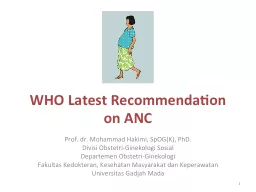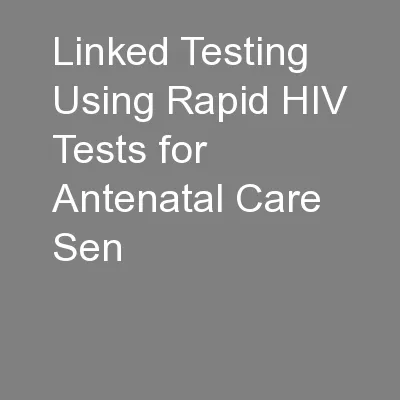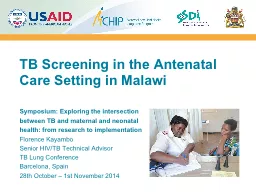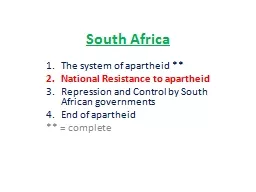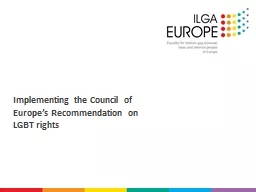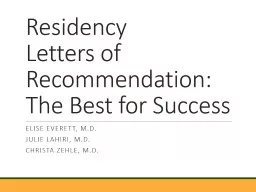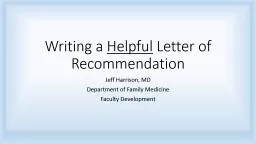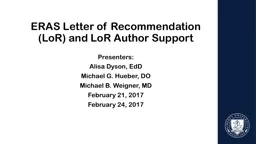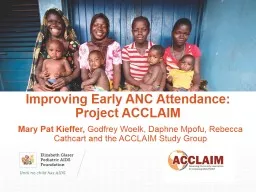PPT-WHO Latest Recommendation on ANC
Author : crashwillow | Published Date : 2020-07-03
Prof dr Mohammad Hakimi SpOG K PhD Divisi ObstetriGinekologi Sosial Departemen ObstetriGinekologi Fakultas Kedokteran Kesehatan Masyarakat dan Keperawatan
Presentation Embed Code
Download Presentation
Download Presentation The PPT/PDF document "WHO Latest Recommendation on ANC" is the property of its rightful owner. Permission is granted to download and print the materials on this website for personal, non-commercial use only, and to display it on your personal computer provided you do not modify the materials and that you retain all copyright notices contained in the materials. By downloading content from our website, you accept the terms of this agreement.
WHO Latest Recommendation on ANC: Transcript
Download Rules Of Document
"WHO Latest Recommendation on ANC"The content belongs to its owner. You may download and print it for personal use, without modification, and keep all copyright notices. By downloading, you agree to these terms.
Related Documents

